Galle Lighthouse: Sri Lanka’s Oldest Light Station
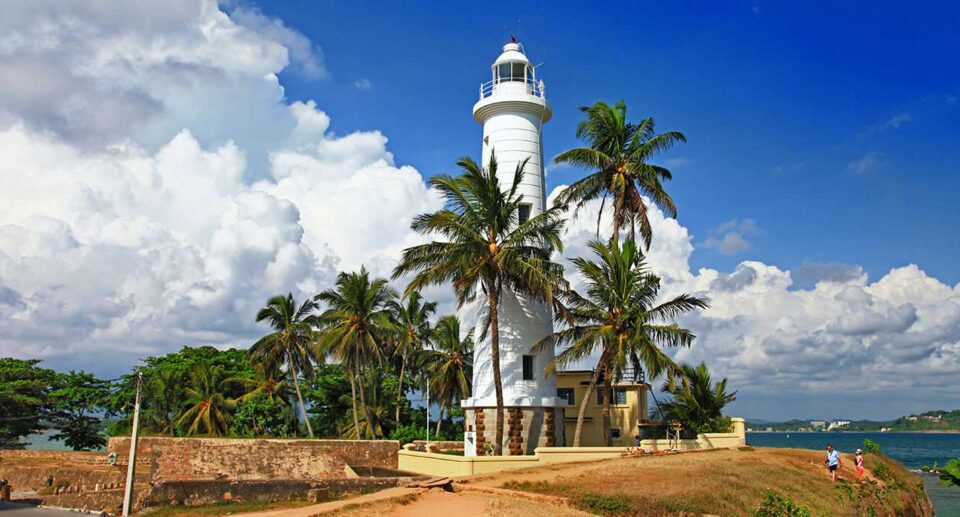
Standing at the island nation’s southernmost point inside ancient Galle Fort, the Galle Lighthouse stands as proof of Sri Lanka’s seafaring history. Standing majestically above the walls of the fortified structure and looking out upon the wide expanse of Indian Ocean, the lighthouse serves not only as a navigational aid to seafarers but as an invaluable cultural and historical symbol. Formally known as the Pointe de Galle Light, it is the oldest lighthouse in Sri Lanka, and its history covers colonial era, naval missions, and centuries of global trade. In this essay, we analyze the history, architecture, significance, and tourist experience provided by the lighthouse today.
Historical Background
The first lighthouse at Galle was built by the British in 1848, during a time when Galle Harbour was a major port of call in the Indian Ocean. Prior to the construction of Colombo Port in the late 19th century, Galle was the primary maritime hub for ships arriving from Europe and the Far East. Strategically positioned at the southwestern coast of the island, Galle was a vital refueling and trade port, especially during the colonial periods of the Portuguese, Dutch, and British.
The first lighthouse was located inside the Galle Fort, a UNESCO World Heritage Site built by the Portuguese in 1588 and thereafter greatly fortified by the Dutch in the 17th century. The first lighthouse was burnt down in 1936, and a new one was constructed in 1939, which is the current structure.
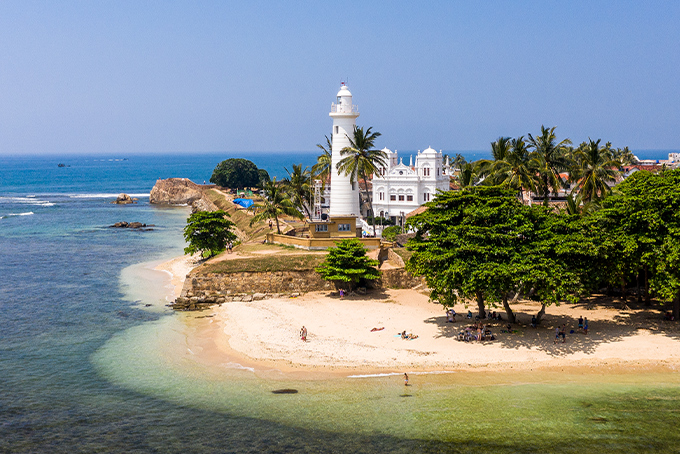
Architectural Features
The current Galle Lighthouse is a conical masonry tower 26.5 meters (87 feet) tall and constructed of concrete and whitewashed to reflect sunlight. The lighthouse stands on the Point Utrecht Bastion, the southeast bastion of Galle Fort, which has a commanding view of the sea.
It is electrically powered and mechanically controlled, and flashes white every 5 seconds 15 nautical miles visible. Its primary function is to guide ships into Galle Harbour safely, through the treacherous rocky coastline and unpredictable weather systems.
While travelers are not allowed to climb up the lighthouse itself, the surrounding grounds offer views of the ocean, walls of the fort, and nearby coastal town of Galle. The petite colonial-era buildings, palms, and crashing waves below are a postcard-worth scene.
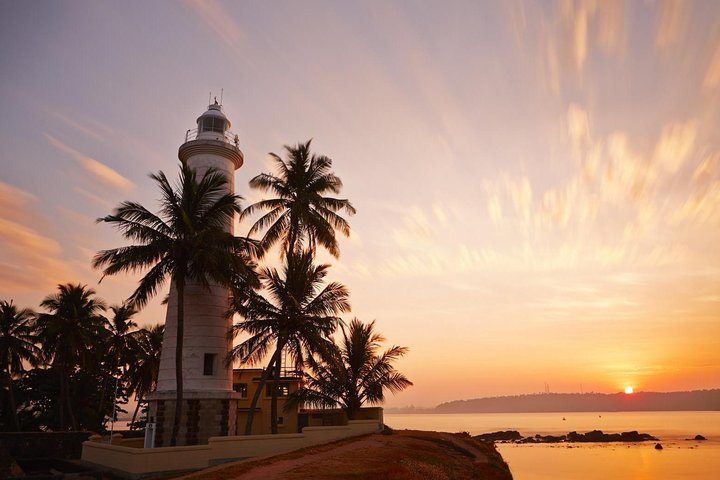
Cultural and Strategic Importance
Galle has been a strategic port city for many centuries, linking Sri Lanka to the Middle East, Europe, and Southeast Asia. The Arabs, Chinese, and Persians had visited Galle centuries earlier than the Europeans, and the city only flourished more during colonial times.
The lighthouse was an essential element in maintaining the city as a major stopover on international shipping routes. Since the Suez Canal was constructed in 1869, shipping via the Indian Ocean expanded, and Galle port grew more significant. The lighthouse ensured that ships could anchor safely, even during monsoon months or foggy nights.
Other than its military use, the Galle Lighthouse has also come to be regarded as a sign of culture. It happens fairly frequently in snapshots, postcards, and traveler snaps and finds itself symbolizing Sri Lanka’s coastal beauty as well as colonial heritage. It symbolizes the union of European engineering skills and South Asian terrains a trait long associated with the Galle Fort area.
Tourism and Visitor Experience
Today, the Galle Lighthouse is one of the most visited tourist spots in southern Sri Lanka. Located within the Galle Fort, visitors can walk around the area on foot, taking a leisurely walk along the ramparts that surround the lighthouse. The walk offers stunning views of the Indian Ocean, especially during sunset when the sky turns orange and pink.
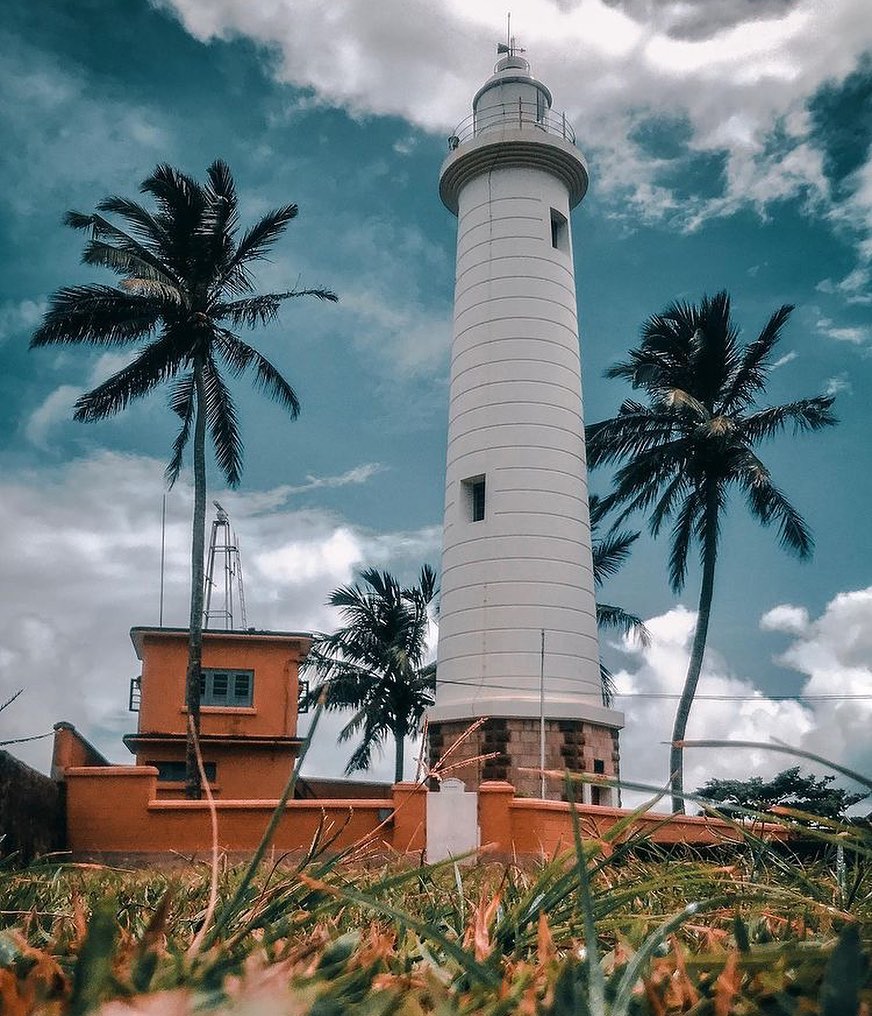
The lighthouse is also situated near Lighthouse Beach, a small, clean, and picturesque beach frequented by tourists and locals. This beach is ideal for swimming, photography, or simply lounging with the relaxing sound of waves crashing on rocks.
Local places of interest in the neighbourhood of the Fort are: Dutch Reformed Church: A historic church built in 1755 with Dutch colonial architecture. Galle Fort Clock Tower: Another British-period building offering panoramic views.
Local Boutiques and Cafés: Galle Fort is studded with charming colonial buildings that now house boutique shops, art galleries, restaurants serving Sri Lankan and international cuisine.
The air around the lighthouse is a balance between traditional charm and modern-day vitality. Street vendors sell king coconut, jewelry, and handicrafts, while children play cricket on the bastions—offering a slice of everyday life against a backdrop of history.
Conservation and UNESCO Heritage Status
The entire Galle Fort, including the lighthouse, was declared a UNESCO World Heritage Site in 1988. It is thus safeguarded by international heritage law and managed by the Archaeological Department of Sri Lanka and the Galle Heritage Foundation.
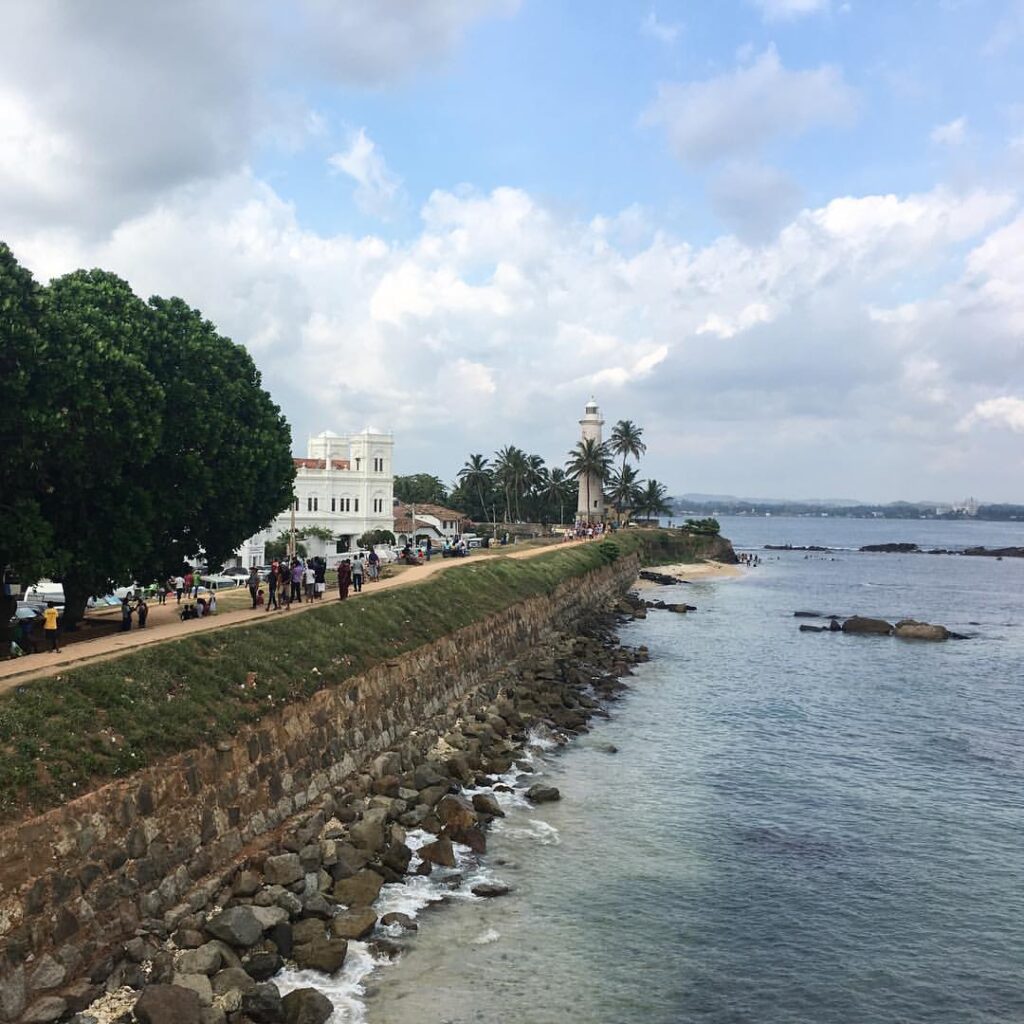
Conservation efforts have ensured the lighthouse and surroundings are maintained in an excellent condition with respect and authenticity. The maintenance of colonial structures, the fort layout, and bastions ensures that the historic appearance of the area is maintained while ensuring space for sustainable tourism growth.
Symbolism and Legacy
More than a guide to navigation, the Galle Lighthouse marks the confluence of cultures, ages, and nations. It has witnessed centuries of trade, colonial power, native uprisings, and today world tourism. Its beam piercing the night has for centuries guided wayfarers to port, as has Galle itself, where generations have taken in people from all corners of the world.
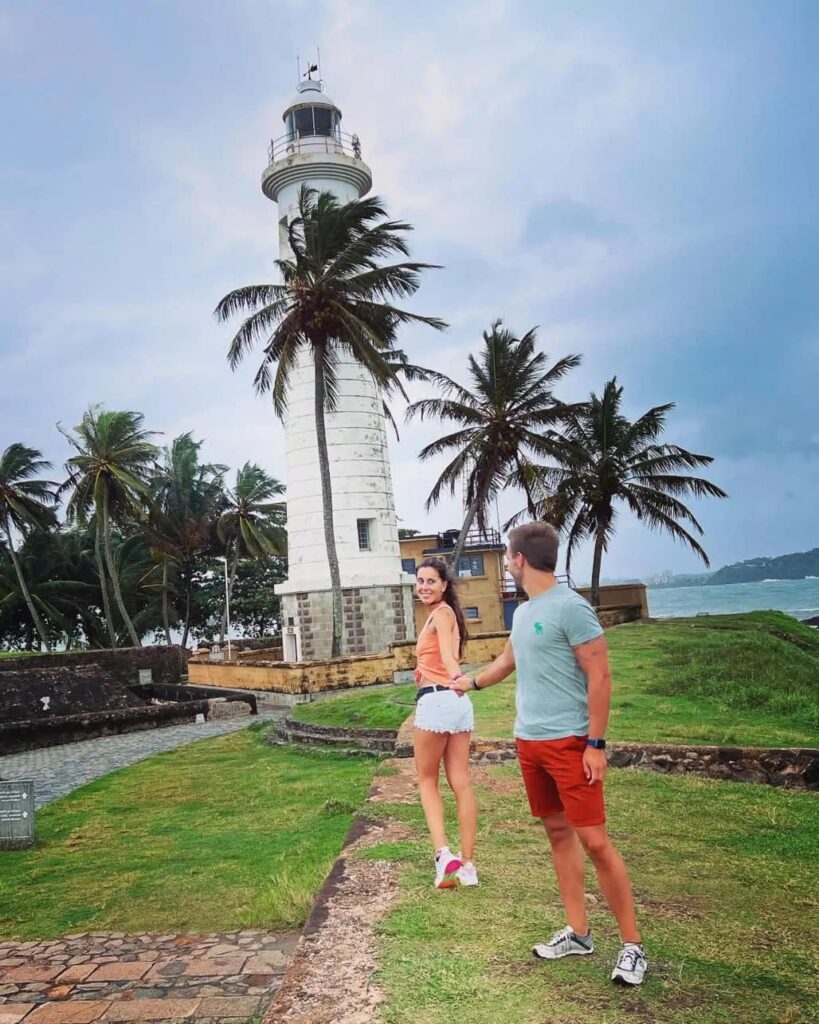
The lighthouse is not just a nautical edifice but is also an icon of guidance, vigilance, and history. It represents Sri Lanka’s openness to the world, its complex colonial past, and its rich heritage.
The Galle Lighthouse is not just a functional beacon but a historic monument to Sri Lanka’s sea-faring, colonial, and cultural heritage. Located in the Galle Fort, a melting pot of commerce, architecture, and religion, the lighthouse is part of what makes the town of Galle so special. As a destination, it not only offers beauty and history, but also comprehension of the island’s role within the greater story of global navigation and trade. For the visitor seeking a meaningful and memorable experience, a tour of the Galle Lighthouse is a sojourn into the very soul of Sri Lanka.
How To Go
By Train from Colombo
The train journey from Colombo Fort Railway Station to Galle Railway Station is one of the most scenic routes in Sri Lanka, offering views of the coastline and lush landscapes. Trains are available throughout the day, and the journey typically takes around 2 to 3 hours. Once you arrive at Galle Railway Station, you can:
Walk: Exit the station and head towards the main road. Walk straight down the main road (Hospital Road) until you reach the junction with Lighthouse Street. Turn left onto Lighthouse Street, and continue walking straight until you reach Galle Fort. Once inside, follow the path towards the coast and look for signs directing you to Galle Lighthouse. The total walk is about 25-30 minutes.
Tuk-Tuk: Find a tuk-tuk outside the station and negotiate a fare to Galle Lighthouse, which is about 2 km away. The ride should take around 5-10 minutes.
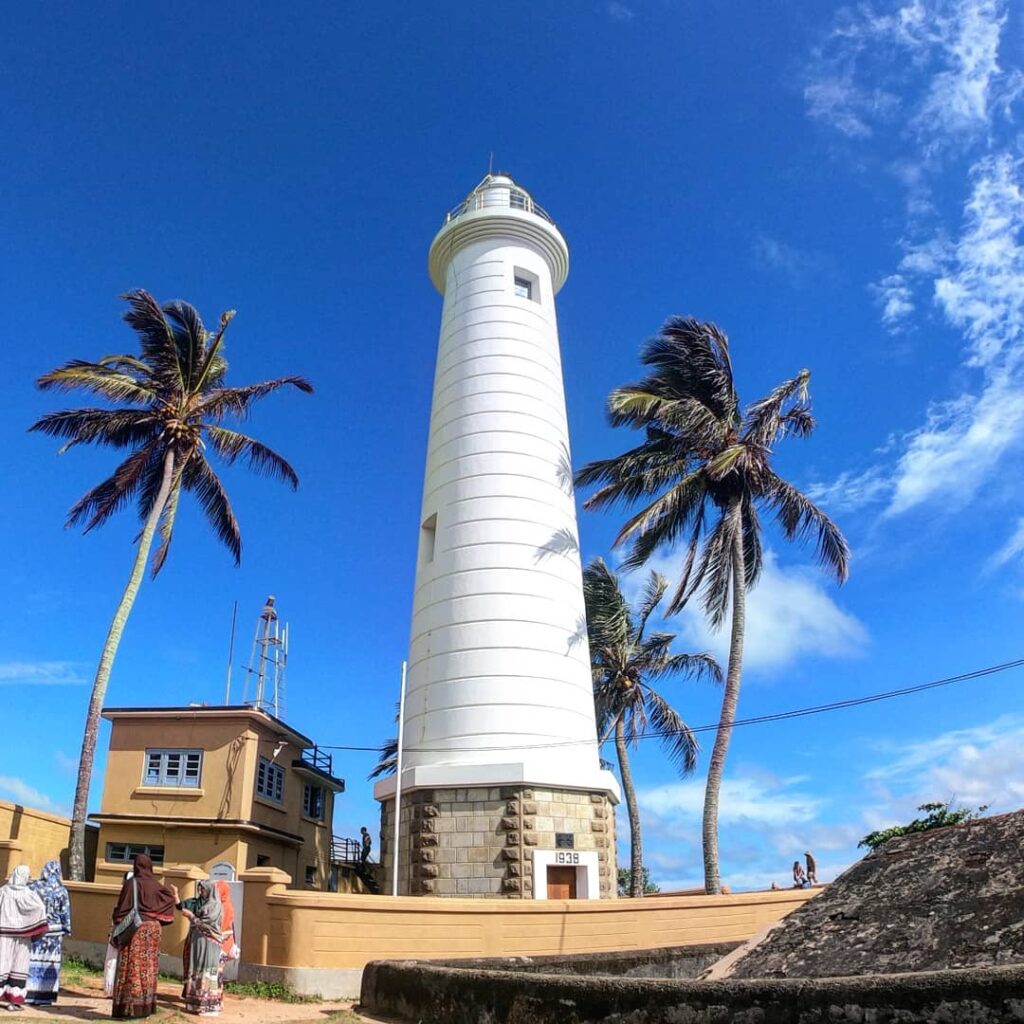
By Bus from Colombo
From Colombo Fort Bus Station, you can catch a bus heading to Galle. The journey takes approximately 2 to 3 hours, depending on traffic. Upon arrival at Galle Bus Station, exit and walk towards the main road. You will find signs directing you to Galle Fort. It’s about a 15-minute walk from the bus station to the lighthouse.
By Car
If you’re driving, take the Southern Expressway (E01) from Colombo. Exit at Exit 14 towards Galle and continue on the Galle-Matara Road (A2). Once you reach Galle town, follow the signs directing you to Galle Fort. The lighthouse is located within the fort, and parking is available nearby, though it may incur a small fee depending on the area.
Walking from Galle Fort
If you’re already in Galle Fort, the lighthouse is within walking distance. Exit through the main gate of the fort onto Lighthouse Street. Walk straight for about 500 meters until you reach the intersection with Galle Main Street. Turn left onto Galle Main Street and continue walking for another 300 meters. You will see the Galle Lighthouse on your right, located near the beach
By Tuk-Tuk
Tuk-tuks are readily available throughout Galle and can be hired for short trips. Simply tell the driver you want to go to Galle Lighthouse, and they will take you there. The fare is typically around LKR 200 to LKR 400, depending on your starting point.
By Bicycle
For the more adventurous, renting a bicycle is a great way to explore Galle. From Galle Fort, head towards Lighthouse Street and continue straight until you reach Galle Main Street. Turn left onto Galle Main Street and continue for another 300 meters. The lighthouse will be on your right.
Tips for Visiting Galle Lighthouse
- Best Time to Visit: Early morning or late afternoon for the best lighting and fewer crowds.
- Photography: The lighthouse offers excellent photo opportunities, especially during sunset.
- Nearby Attractions: Combine your visit with a stroll around Galle Fort to explore its rich history.
- Comfortable Footwear: Wear comfortable shoes, as the area around the lighthouse can be uneven.
- Facilities: Bring water and snacks, as there are limited facilities nearby.
Map of Galle Lighthouse
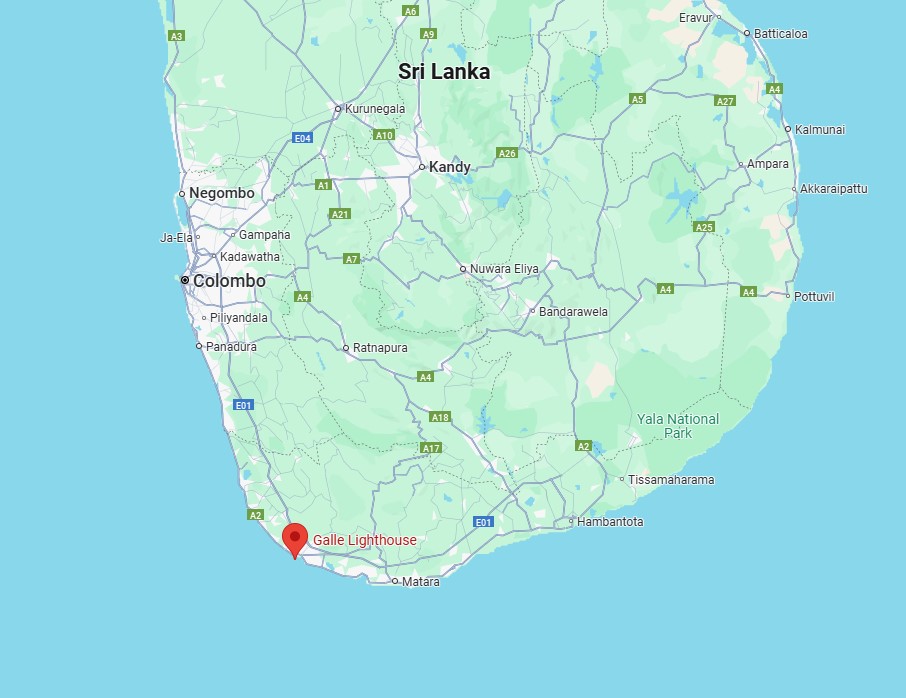





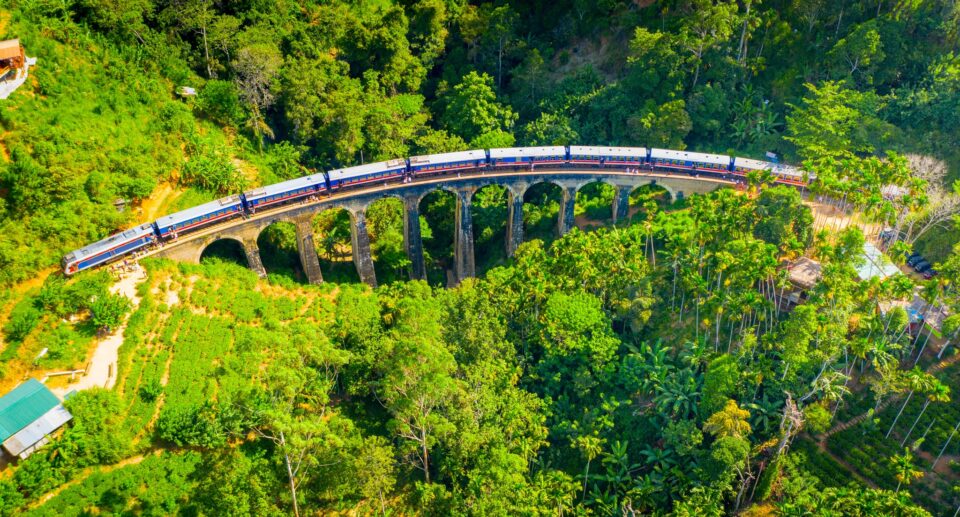
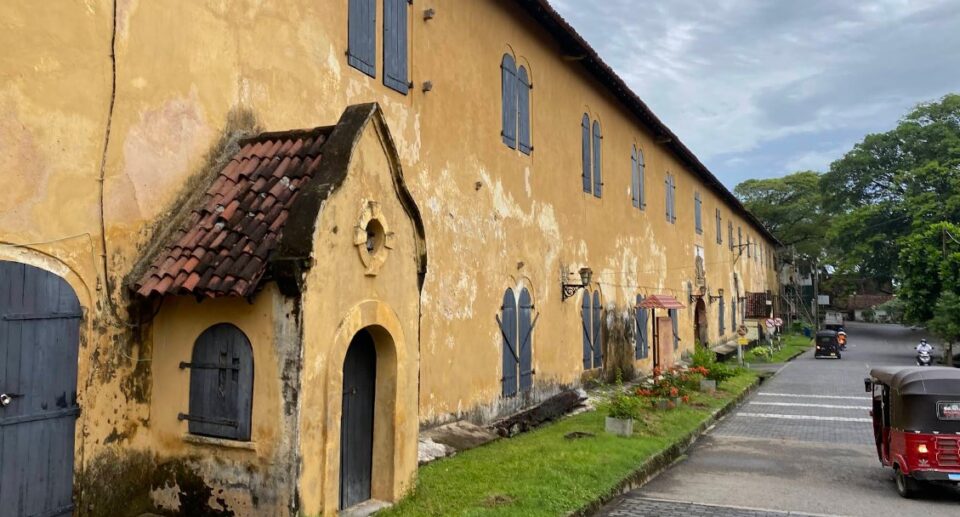


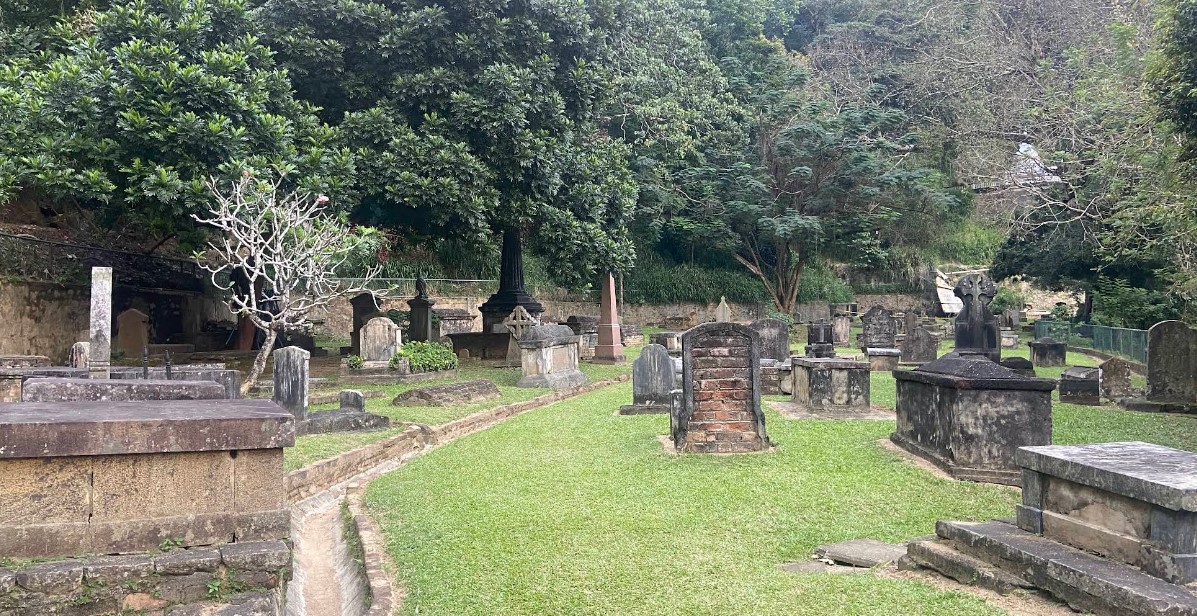
1 Comment
very good put up, i actually love this website, keep on it